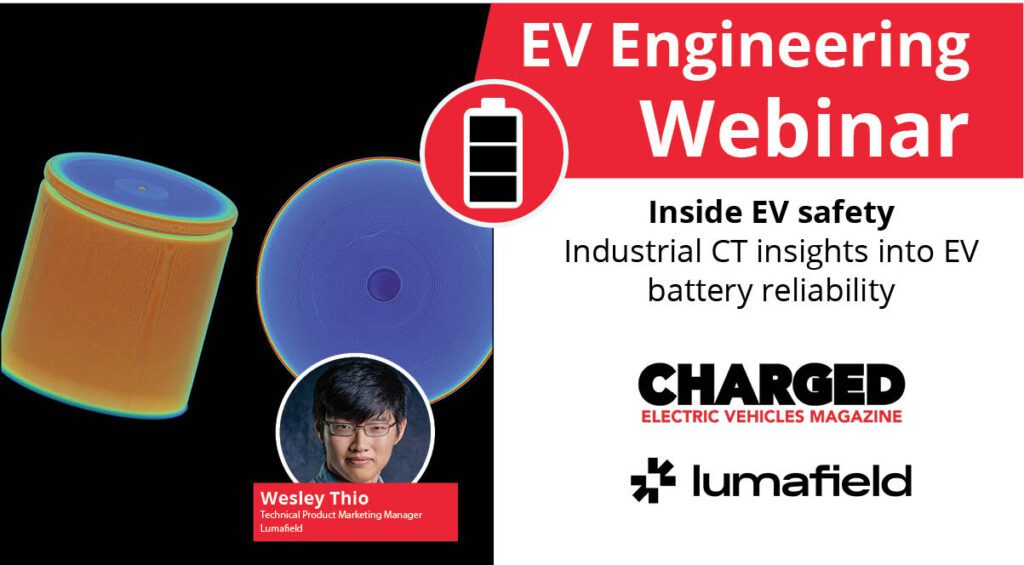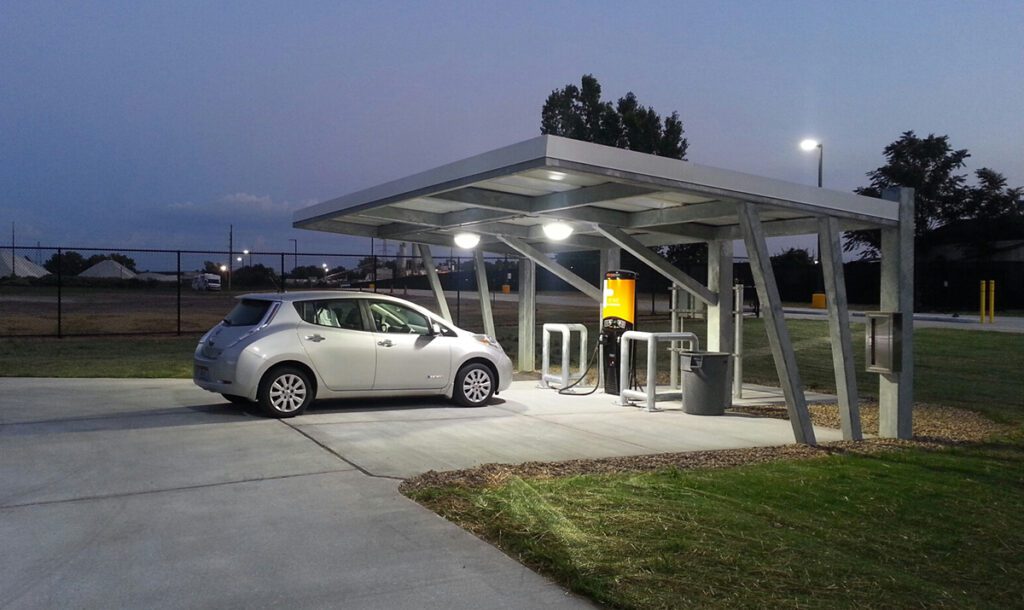Blackstone Resources has been investing in patented 3D-printing techniques and research into the mass production of solid-state batteries that offer greater energy density and a higher number of charging cycles than current cell designs.
The company says its 3D-printing battery production technology is more flexible and cost-effective than traditional methods. It covers a wide range of cell formats using different cathode and anode chemicals. Every second, a finished battery cell could be made in an automotive format and leave the production line, offering the potential for printing complete battery modules and battery systems.
Blackstone says that it achieved these milestones in July:
- The world’s first functional battery cells were manufactured with thick, printed electrodes (C/LFP) and successfully tested. This enables the energy density for all common cathode chemistries to be increased by approximately 20%.
- These electrodes were also created using environmentally friendly, water-based binder systems. The production of the electrodes is free of pollutants and reduces production costs over the long term.
- The production step of calendaring electrodes is no longer necessary. The needed porosity is simply adjusted for during printing.
Blackstone CEO Holger Gritzka said, “The short-term goal is to establish series production and thus prove suitability for mass production. The planning of a first production plant has already begun. The printing of solid-state battery cells is also being tested in parallel. In the medium term, Blackstone will print complete battery cells, including housings, at extremely high speed.”
Source: Blackstone









































































































